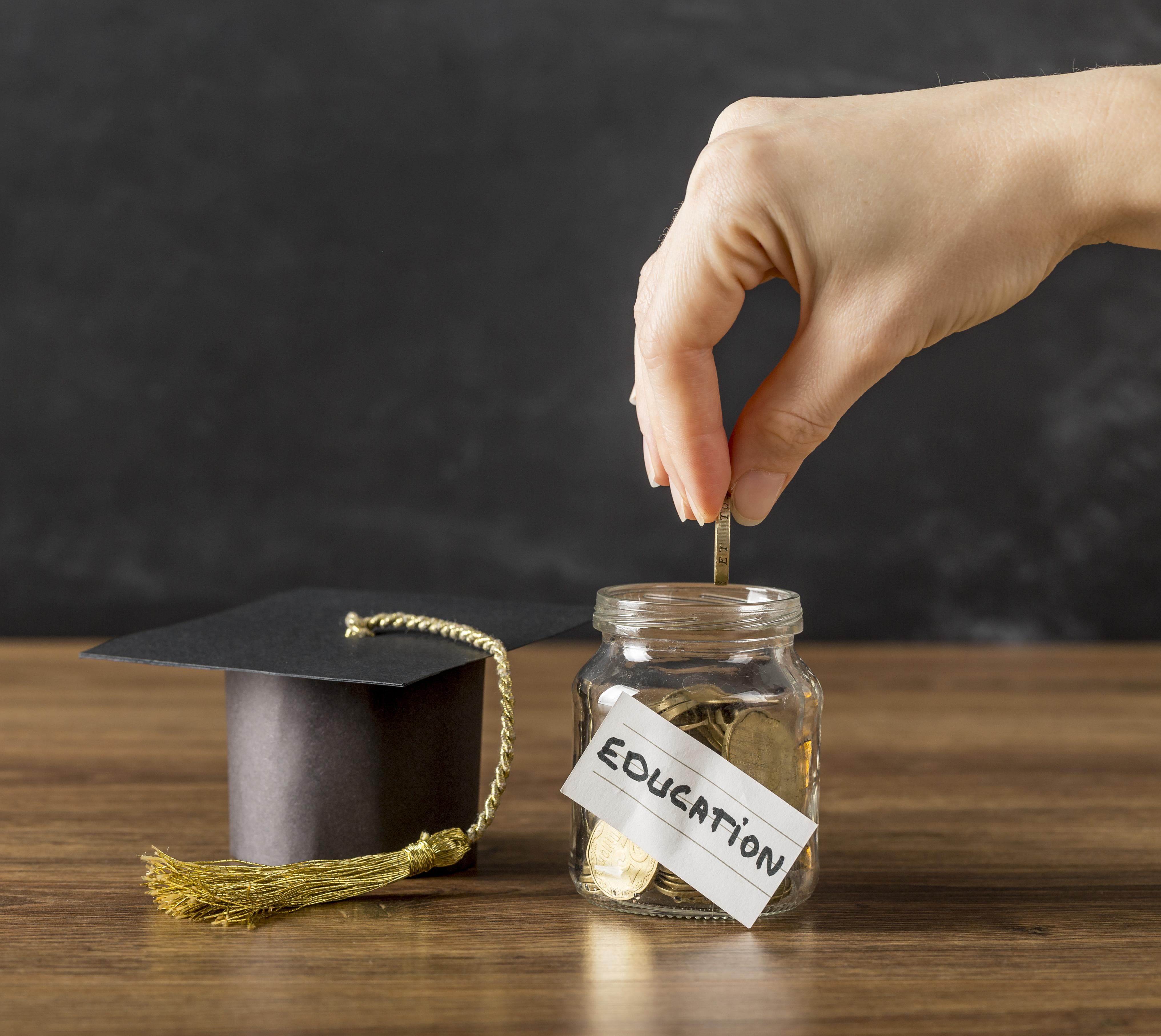In recent years, student loan debt forgiveness has gained popularity as an increasing number of graduates find themselves heavily indebted. As college costs rise, more people are finding it difficult to pay back their debts, which is having an adverse effect on their financial situation and opportunities for the future. Those looking for relief from the burden of student loan debt have options, thank goodness. We’ll cover all you need to know about student loan debt forgiveness in this extensive guide, including eligibility requirements, accessible forgiveness programs, and doable actions to take on your way to financial independence.

Understanding Student Loan Debt Forgiveness:
Student loan debt forgiveness is a program designed to alleviate the financial burden faced by borrowers by canceling or reducing their outstanding student loan balance. This can be achieved through various federal and state-sponsored programs, as well as through specific employment or service-related initiatives.
Eligibility Criteria:
Eligibility for student loan debt forgiveness varies depending on the program. However, common eligibility criteria include:
- Type of Loans: Most forgiveness programs are applicable only to federal student loans. Private loans are typically not eligible for forgiveness unless specified otherwise by the lender.
- Employment or Service: Some forgiveness programs require borrowers to work in certain professions or sectors, such as public service, education, healthcare, or non-profit organizations.
- Repayment Plan: Borrowers may need to enroll in specific repayment plans, such as income-driven repayment plans, to qualify for forgiveness..
Types of Forgiveness Programs:
- Public Service Loan Forgiveness (PSLF): PSLF is a federal program that forgives the remaining balance on Direct Loans after 120 qualifying monthly payments while working full-time for a qualifying employer, such as government organizations or non-profits.
- Teacher Loan Forgiveness: This program is specifically designed for teachers who work in low-income schools or educational service agencies. Eligible teachers can receive forgiveness of up to $17,500 on their Direct Subsidized and Unsubsidized Loans or Subsidized and Unsubsidized Federal Stafford Loans.
- Income-Driven Repayment Plan Forgiveness: Borrowers enrolled in income-driven repayment plans, such as Income-Based Repayment (IBR), Pay As You Earn (PAYE), or Revised Pay As You Earn (REPAYE), may be eligible for loan forgiveness after making payments for a specified period (usually 20-25 years).
Practical Steps to Take:
- Research Eligibility: Determine which forgiveness programs you may be eligible for based on your profession, type of loans, and repayment history.
- Gather Documentation: Collect necessary documentation, such as employment records, loan statements, and proof of payments, to support your forgiveness application.
- Enroll in Income-Driven Repayment Plans: If eligible, enroll in income-driven repayment plans to lower your monthly payments and potentially qualify for forgiveness after a certain period.
- Stay Informed: Keep abreast of any updates or changes to forgiveness programs, as eligibility criteria and requirements may evolve over time.
Conclusion:
Debt forgiveness for student loans is a lifeline for borrowers who are having a hard time making their loan payments; it gives them the chance to become financially independent and follow their dreams without having to worry about crippling debt. Through comprehension of the prerequisites, investigation of the various pardon schemes, and proactive measures towards qualifying, people can start along the road to a more prosperous financial future. Recall that while the process of having your student loan debt forgiven may take time and effort, the benefits of having your finances under control and having peace of mind are priceless.





One Reply to “The Ultimate Guide to Student Loan Debt Forgiveness”
Comments are closed.